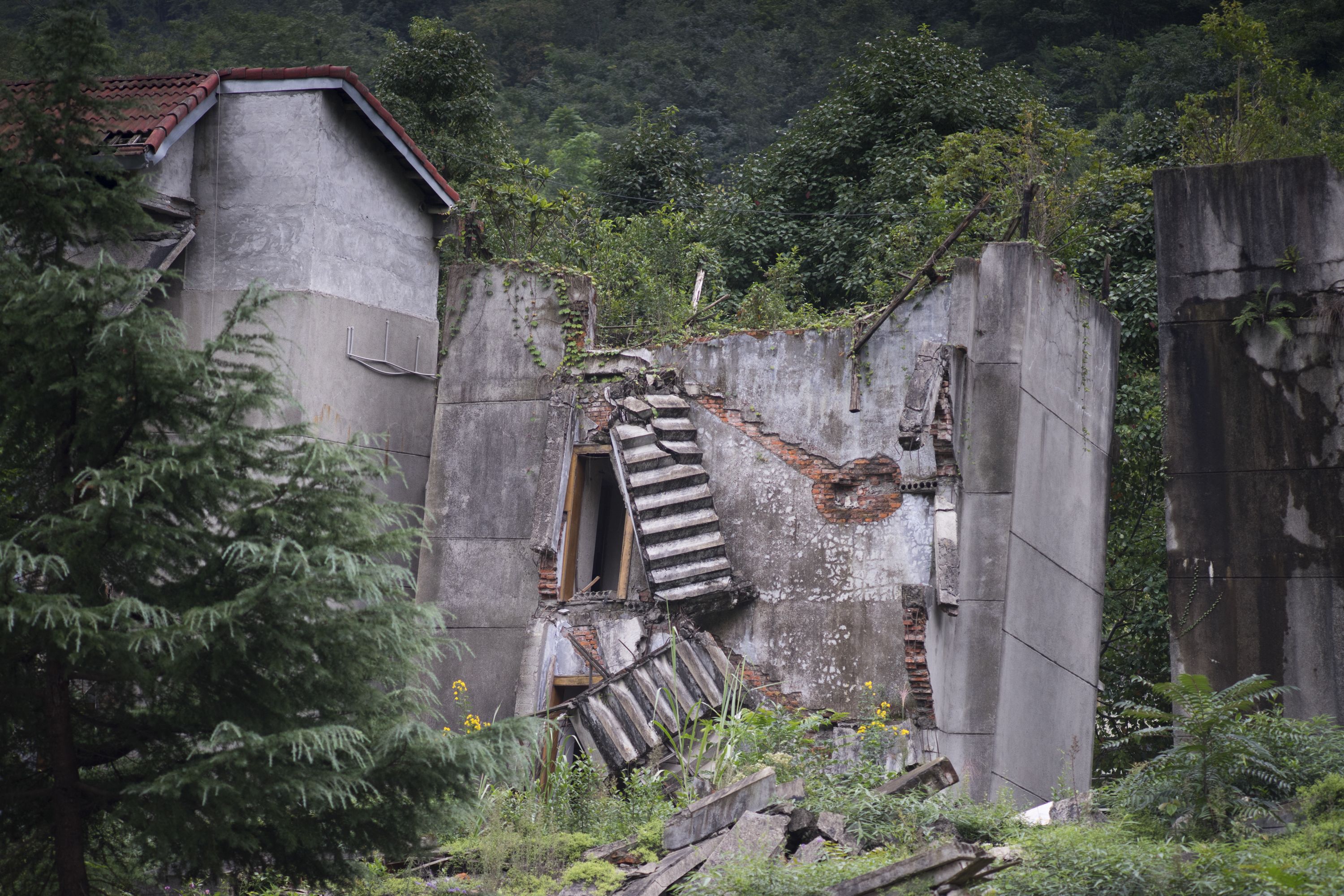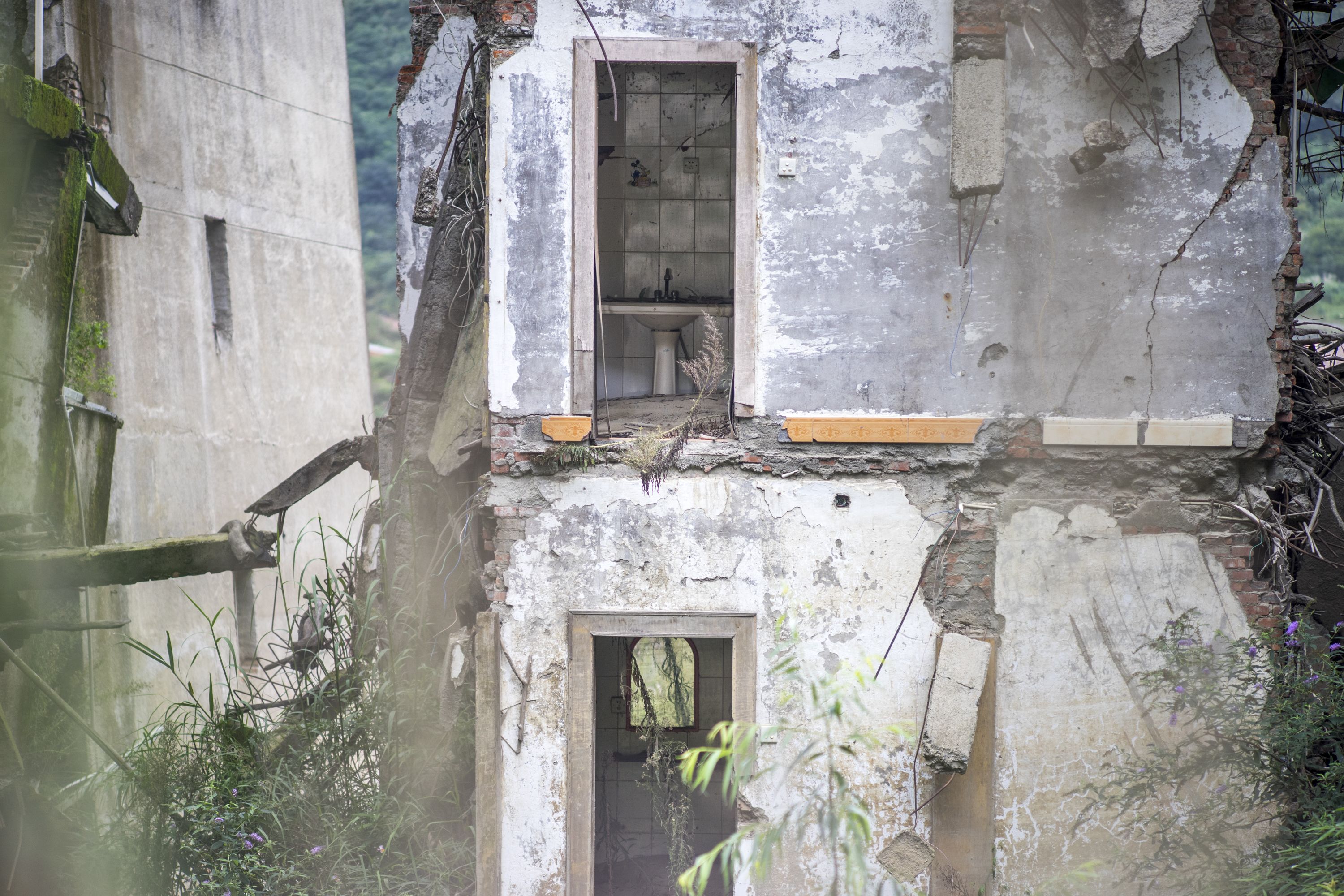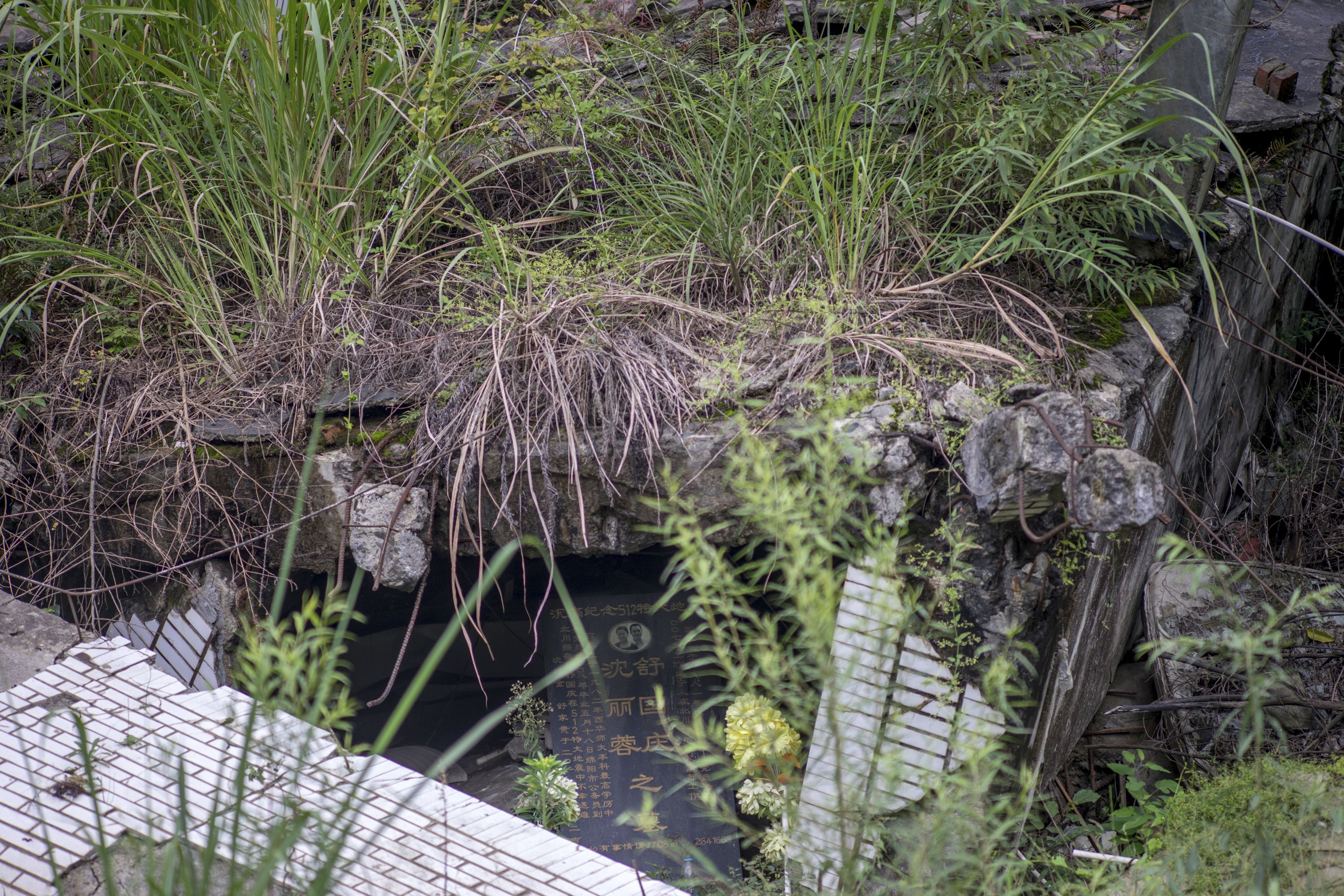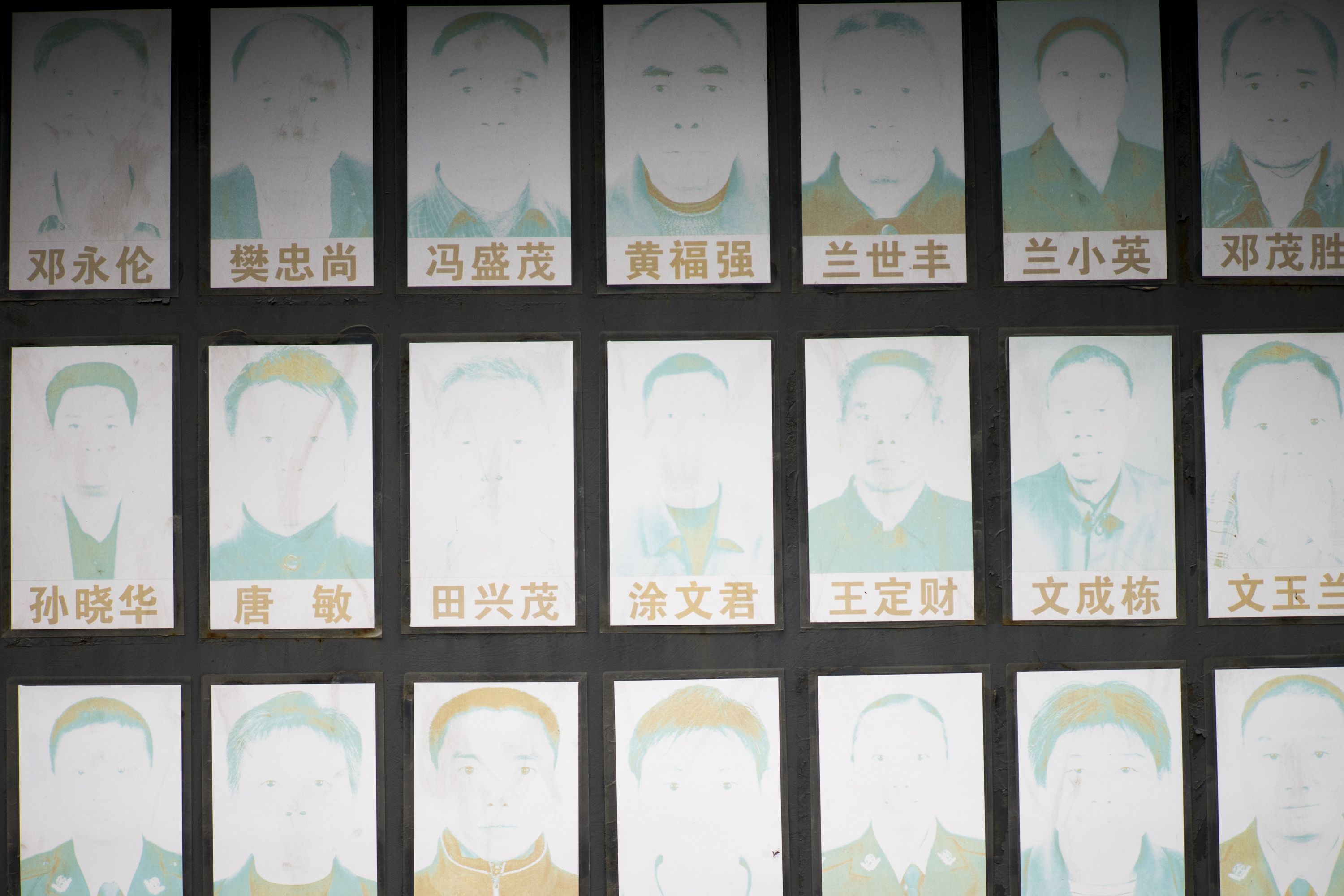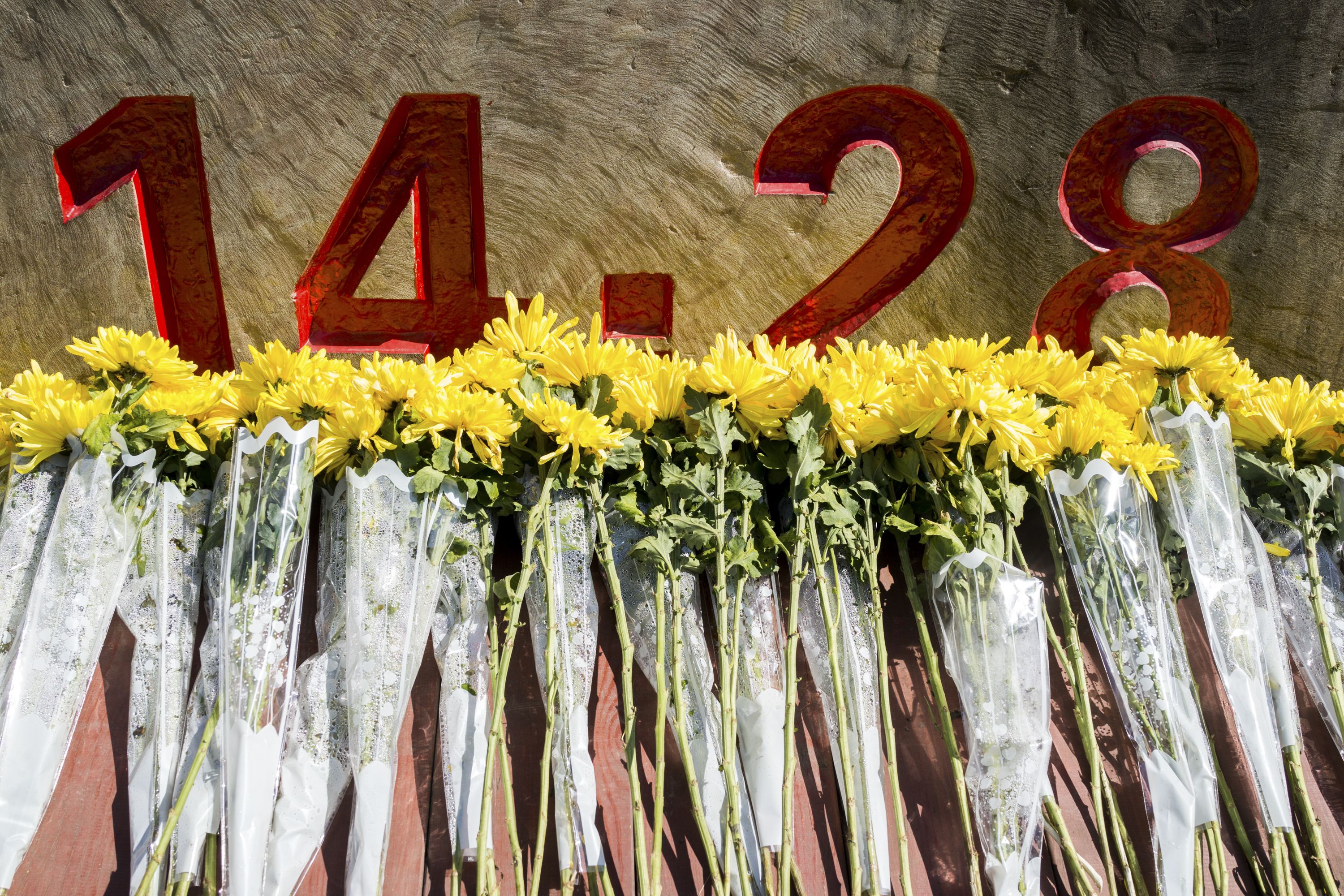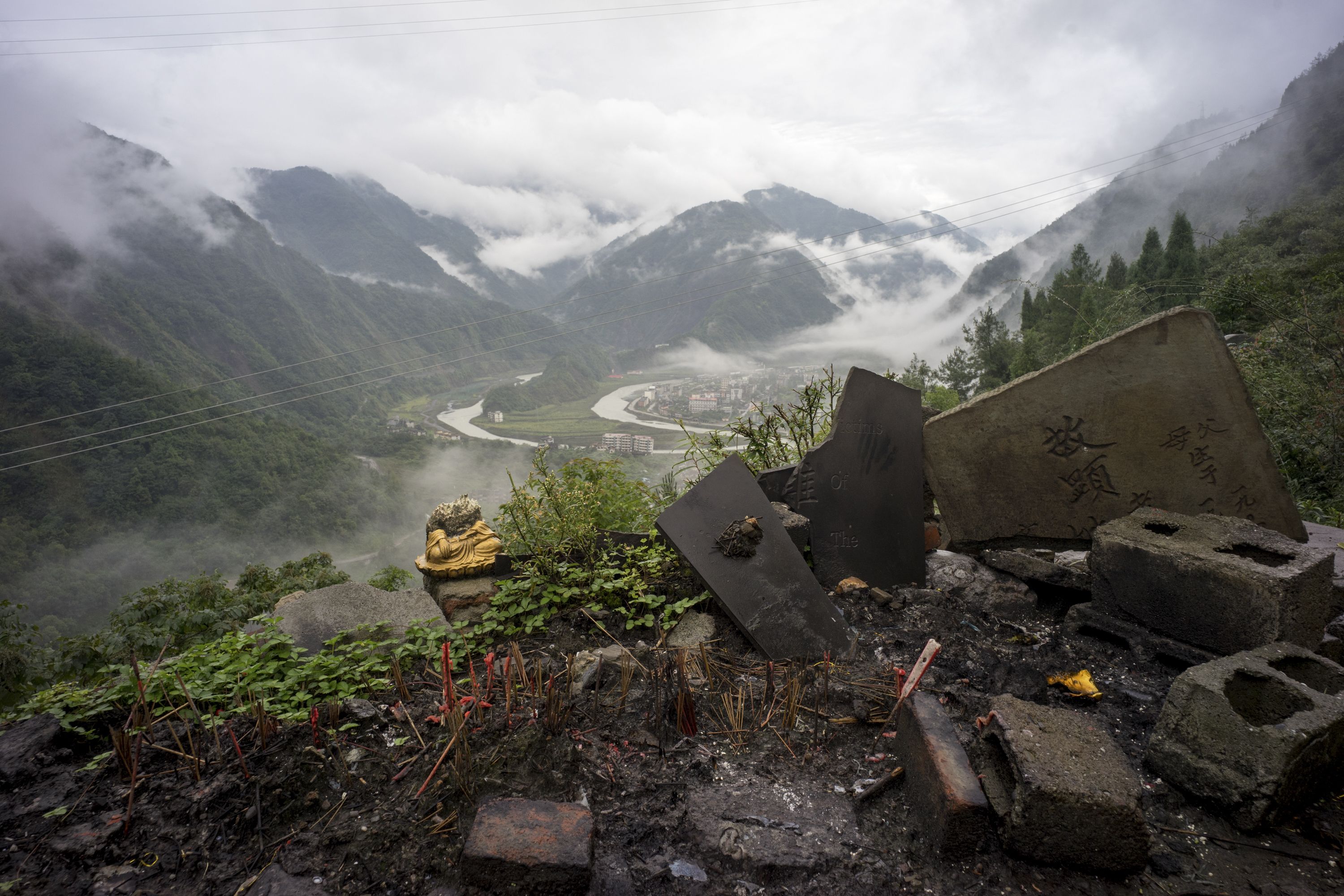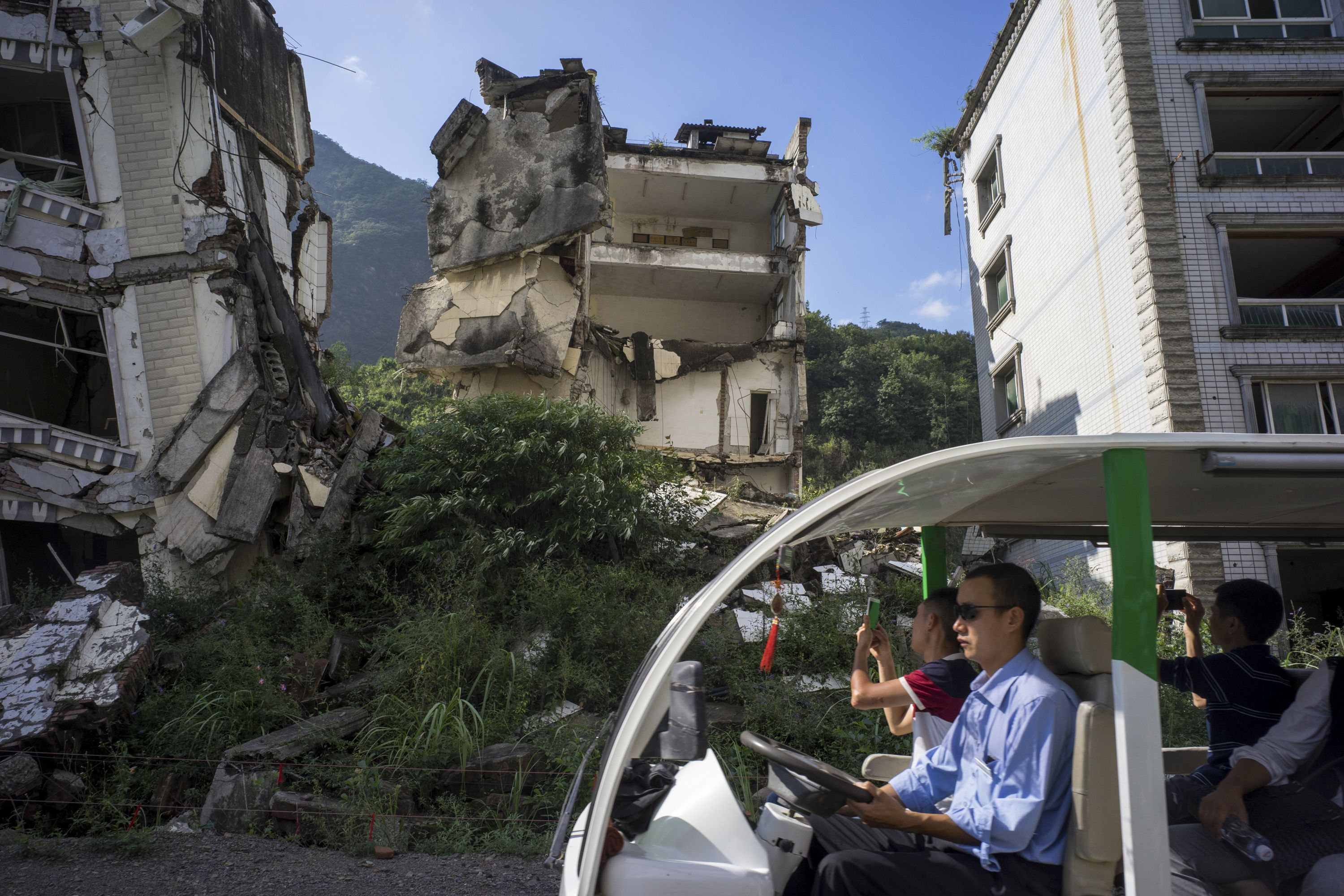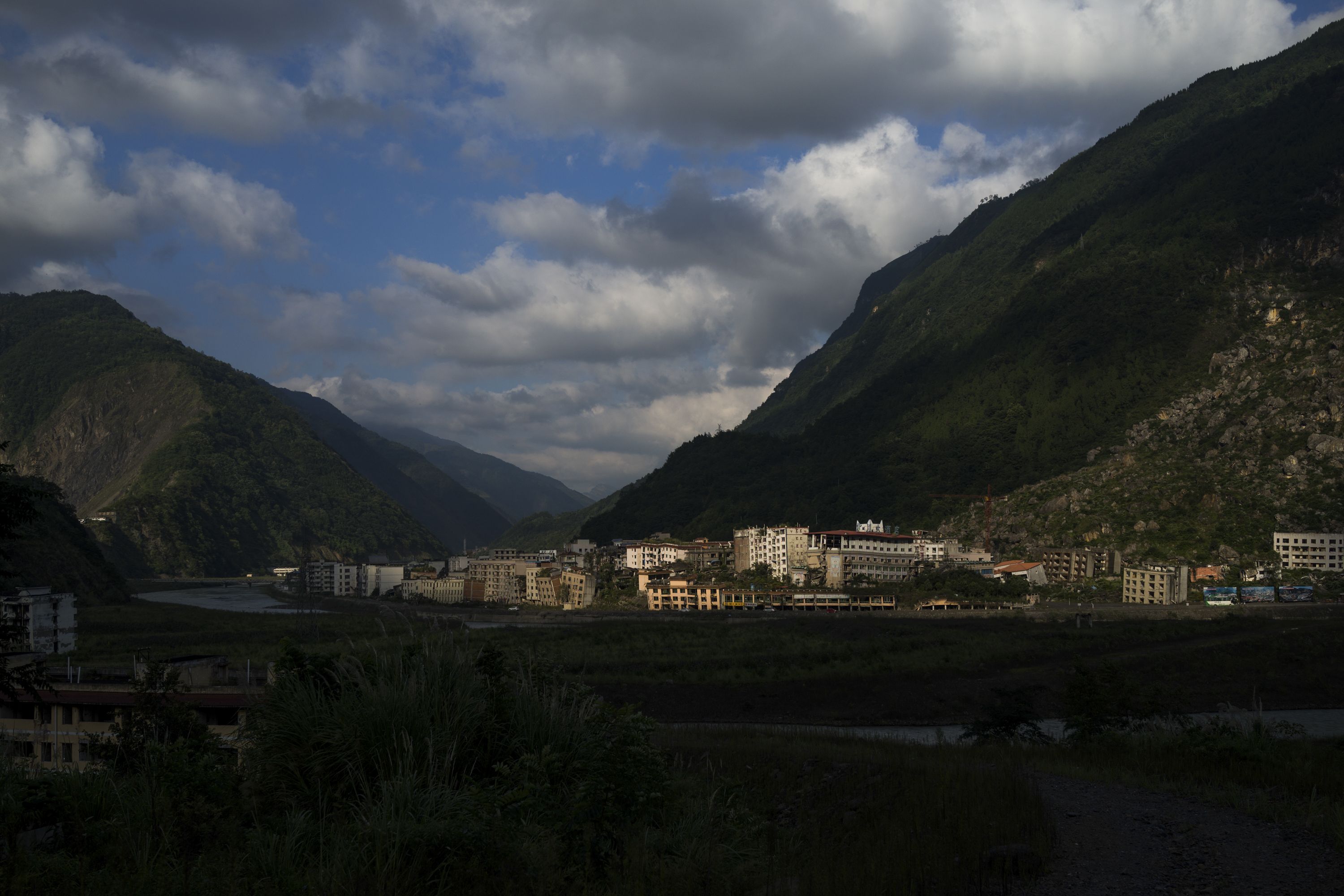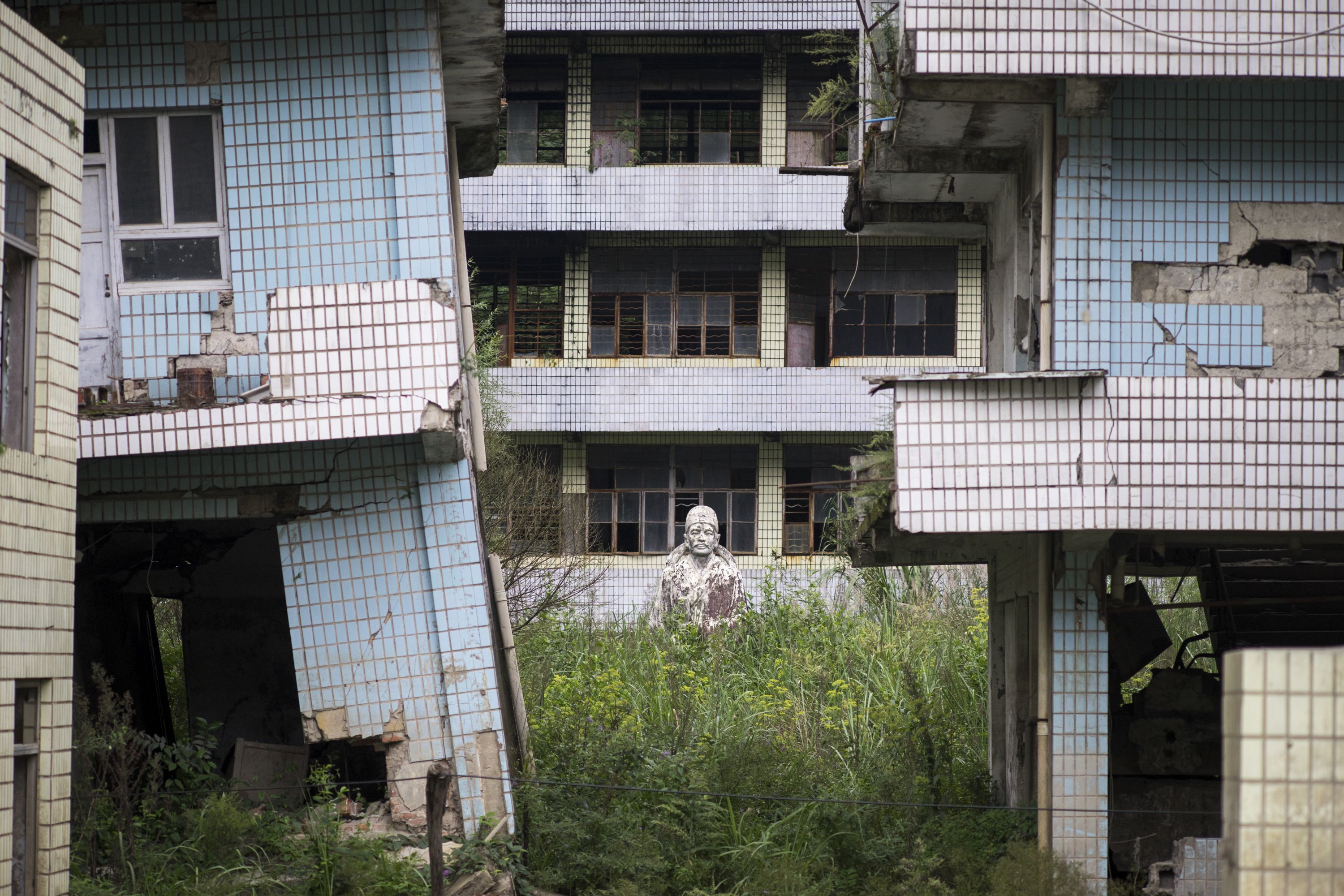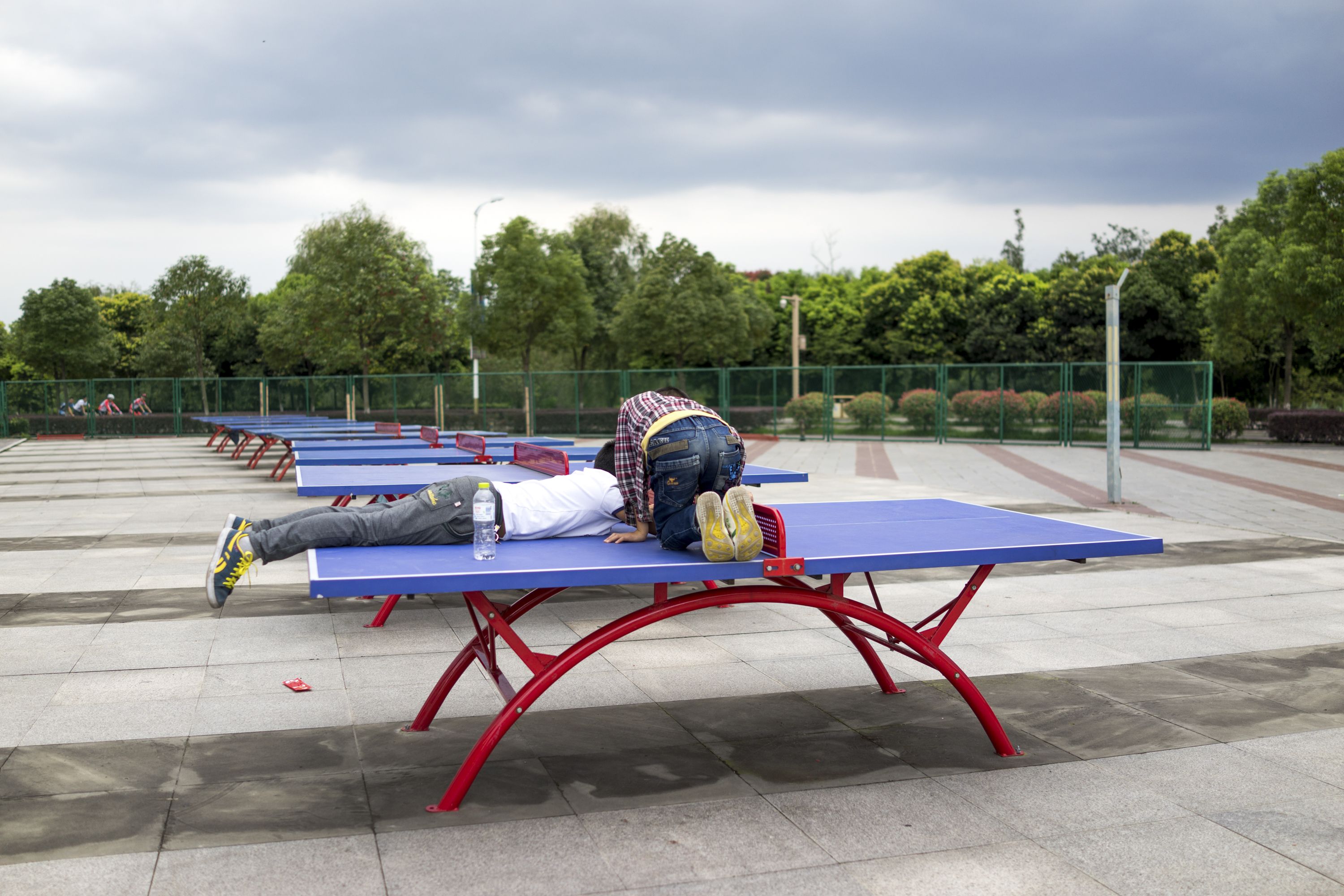May 22, 2017 | Field Notes
By
Sim Chi Yin
As a photographer, I often like places where it looks like time has stood still, for the history and nostalgia they evoke.
Beichuan was literally that. The whole town remains largely as it was the very moment the massive earthquake struck at 2:28pm on May 12, 2008. Time stopped for the 69,000 who died in that quake. That minute is carved into the brick, mortar, and earth where the people once lived. One feels not nostalgia but a deep sadness and utter incomprehension.
Photographing in the old quake-struck Beichuan for a week, I looked to find a visual record or what remains of the town, but also collected a set of images of small, subtle signs of lives suddenly cut short, unfinished.


